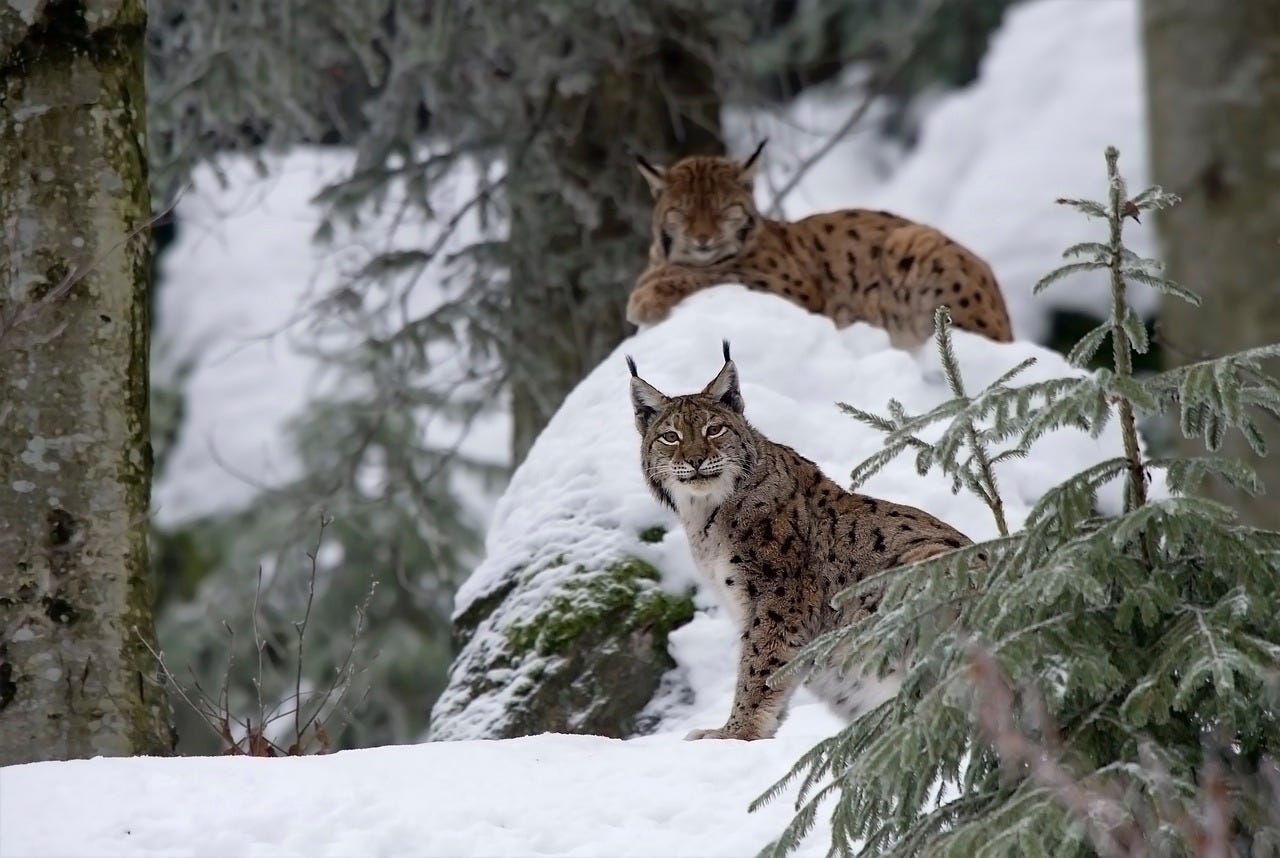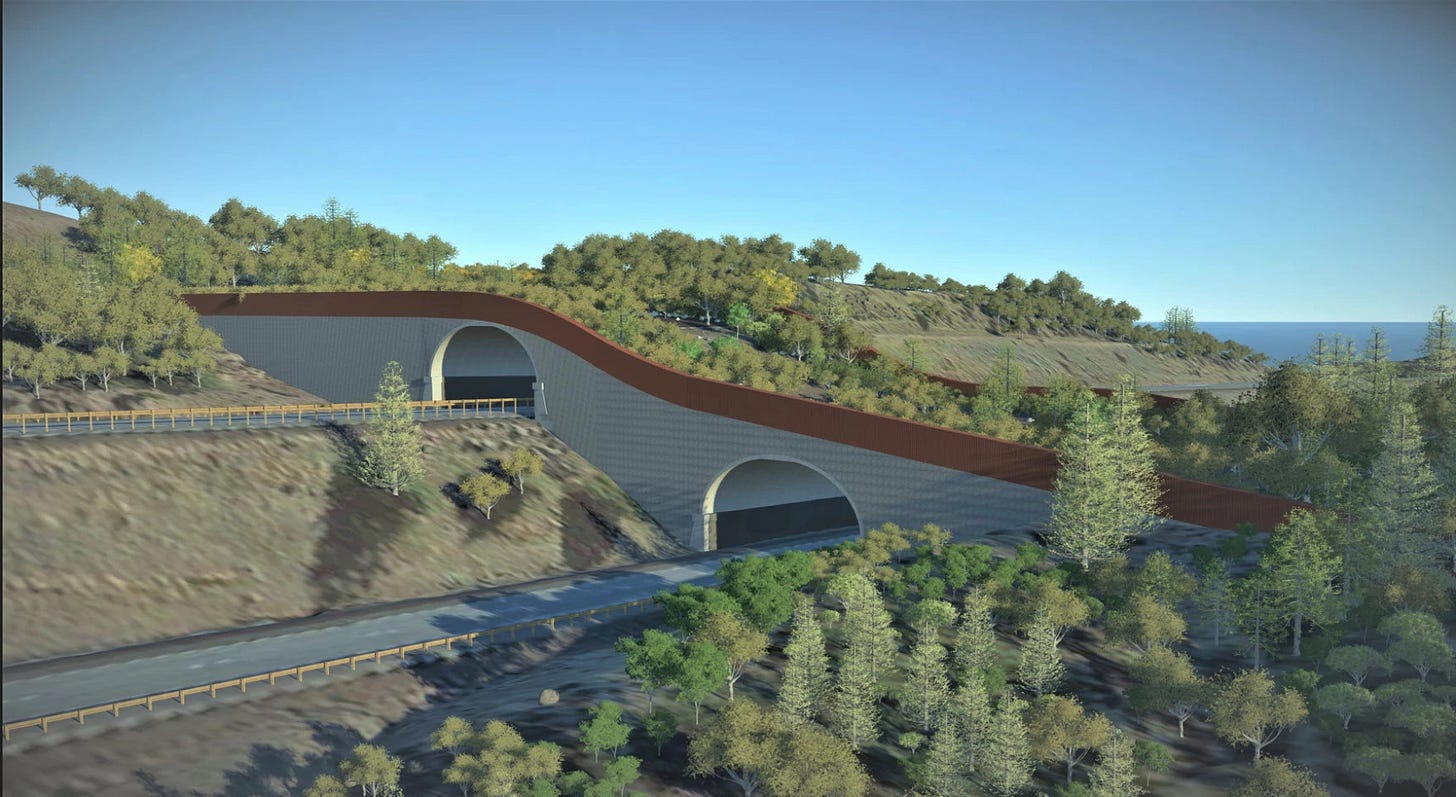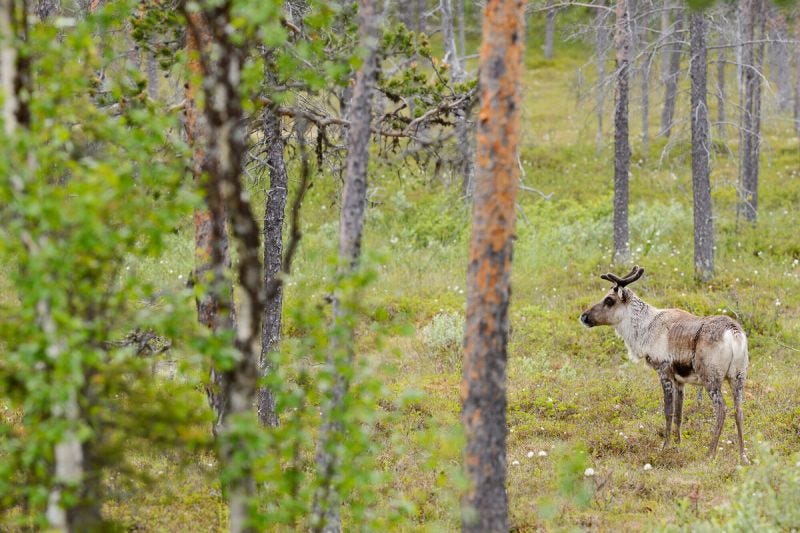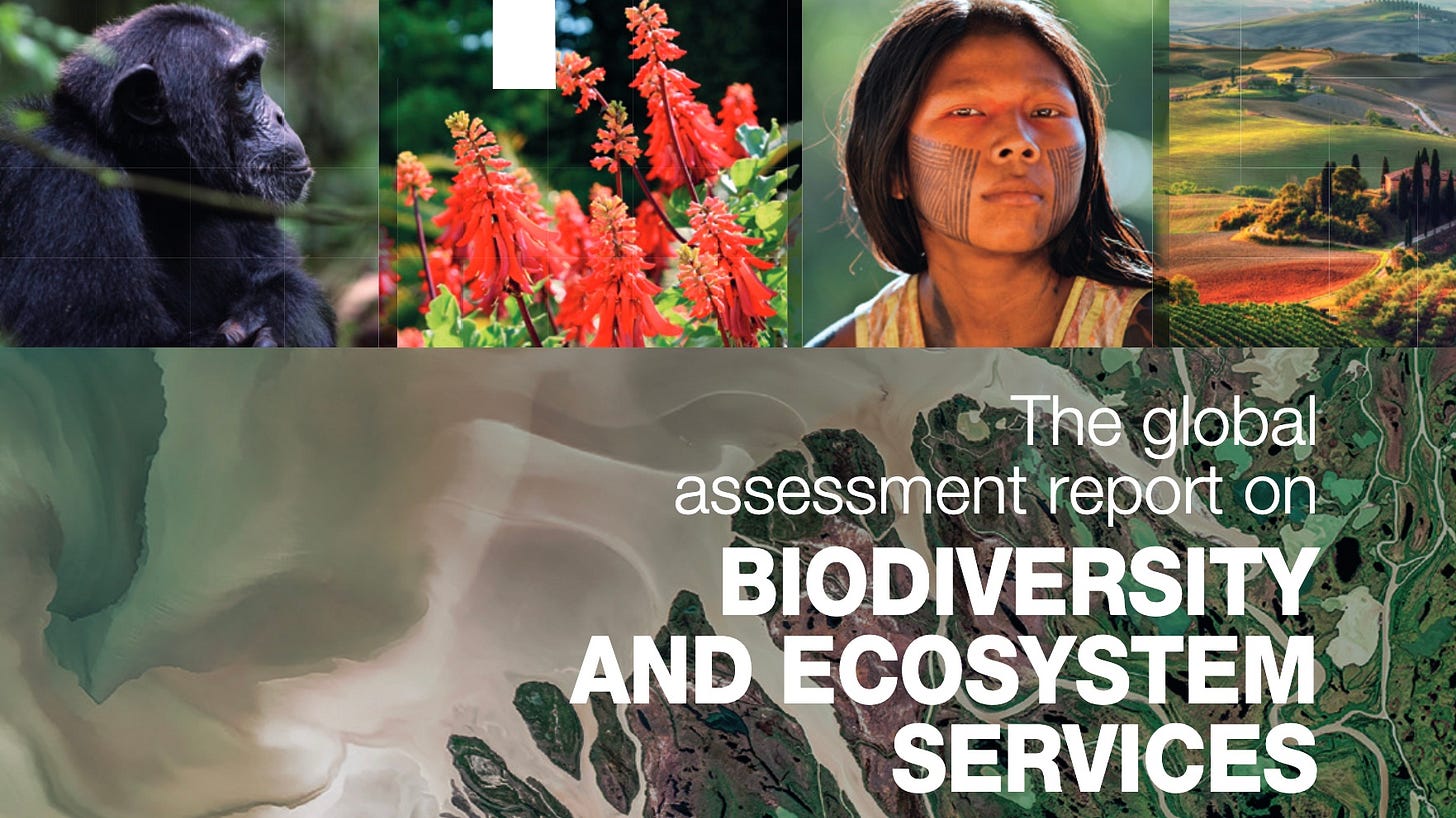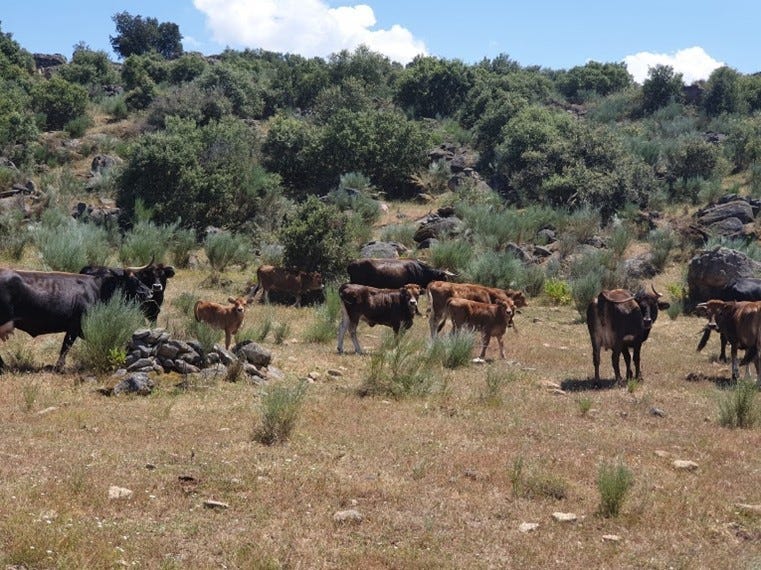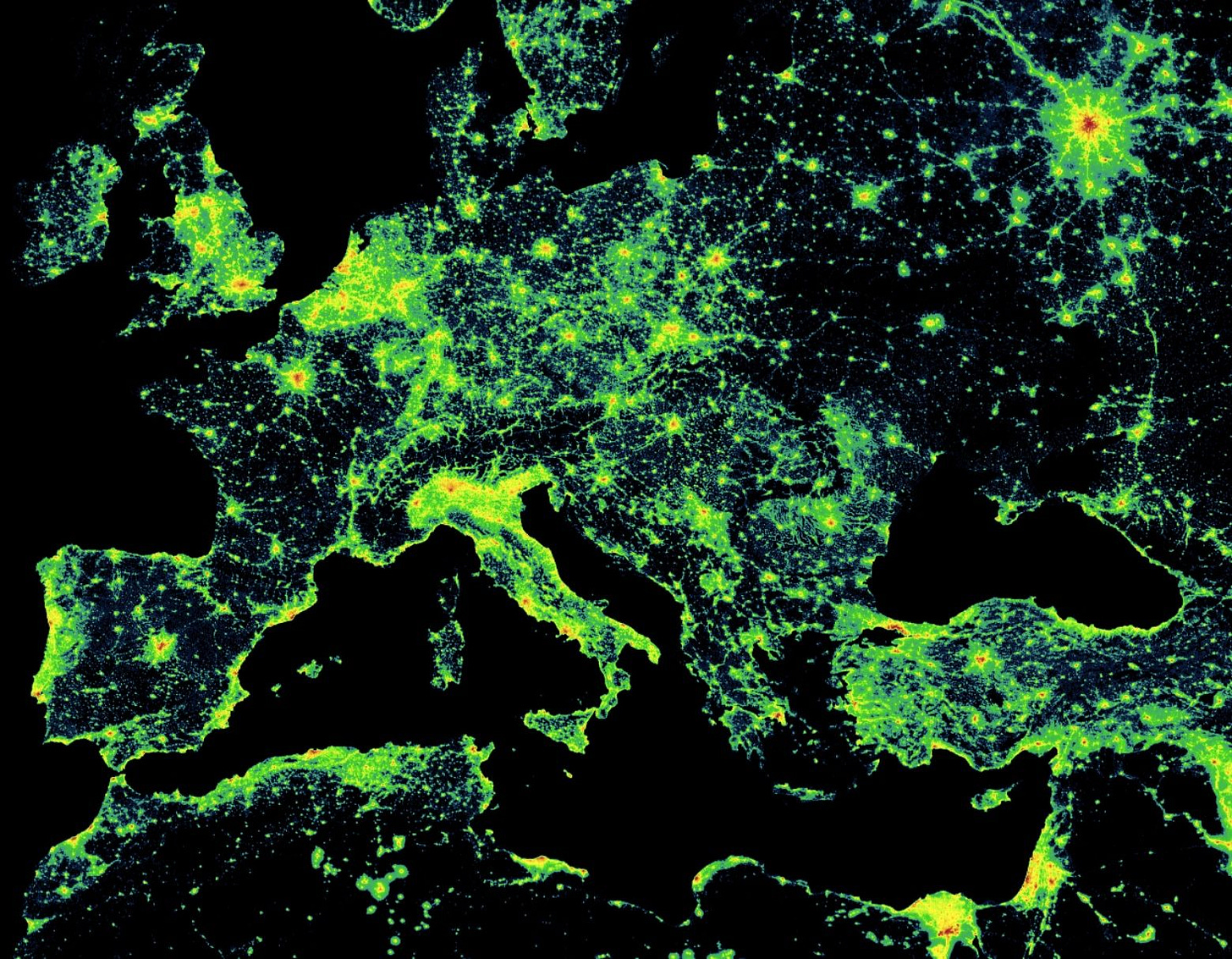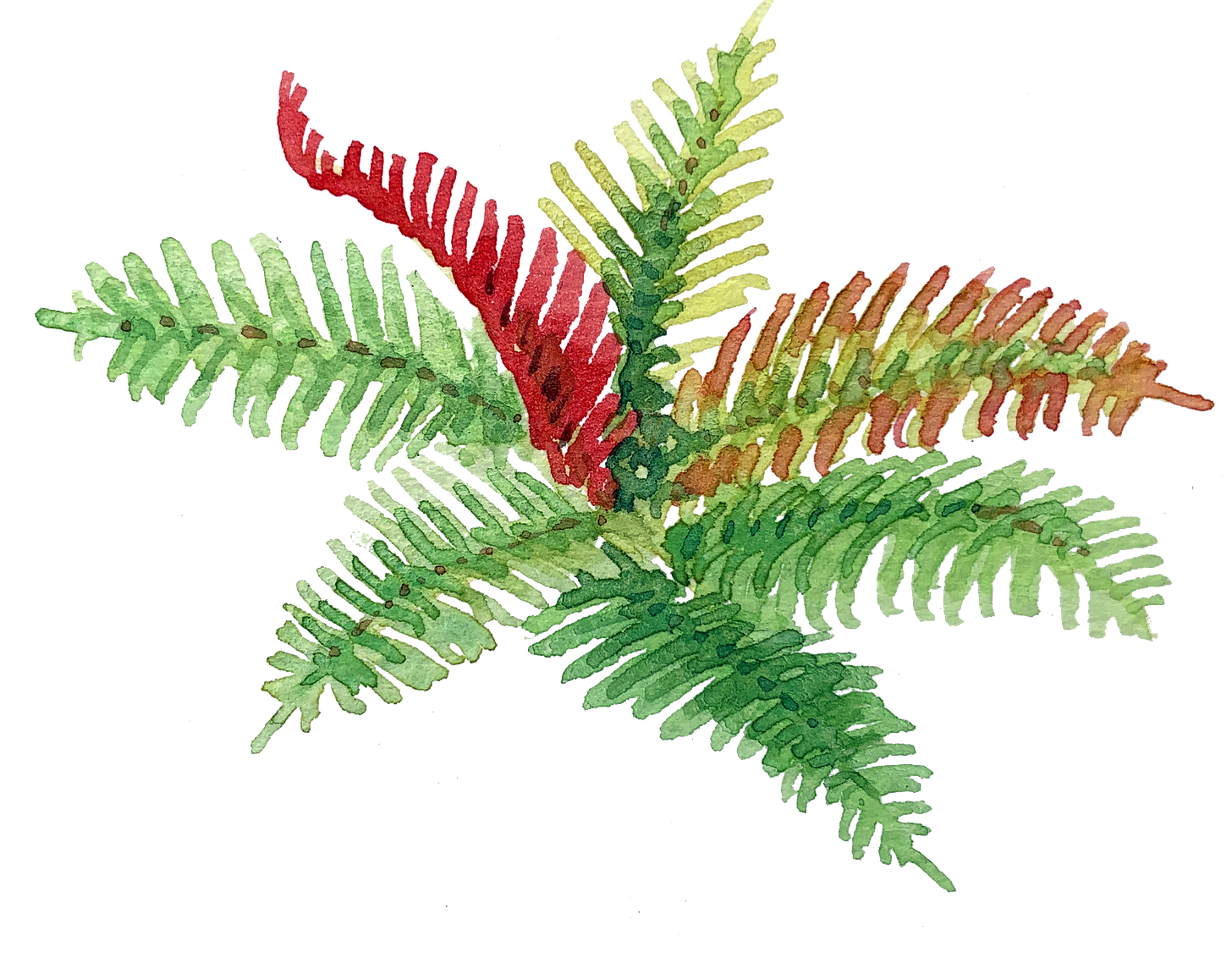Welcome to the latest edition of the Rewilder Weekly! 🌳🐺🌞🌍
I hope you’ve already had a chance to look around the new homepage. Have you discovered the Events tab? There I’m curating rewilding conferences and virtual gatherings, as well as rewilding journeys. Check them out - and join them whenever you can. Make a goal in 2025 to join at least one of those rewilding journeys - it’ll be a highlight, for sure. If you know of upcoming events and don’t see them on the page, please do let me know. This is a live document made all the better with everyone’s involvement. Thanks!
This just in under the wire - wolf persecution increases across Europe as protections have been lowered. Now that lowering of protections is under way in France as well - read Lucie Wuethrich’s post add your voice/howl to protect wolves. Thanks!
Now then, let’s get on with this week's eight selected stories.
Wishing you a good week.
Cheers,
👉 As a reminder: If you come across stories you’d like to see featured in an upcoming edition of the Rewilder Weekly, send them to me and I’ll gladly do what I can.
1) About the illegal release of lynx in Scotland
Somehow, someone released several lynx in Scotland’s Cairngorms last week. This was spotted and reported and they were captured. Three of the four are unharmed, one has died (the BBC reports). To process to return the lynx to Scotland is ongoing and making progress and many organizations are working to make it happen. Peter Cairns of Scotland: The Big Picture wrote: “An illegal release is not the way to return this native species to the Scottish landscape. This unwelcome and grossly irresponsible act comes at a time when stakeholders are engaging in good faith with productive discussions about the possibility of a fully resourced legal reintroduction.”
For his part, Ben Goldsmith takes a deeper look at why people across the UK have become so frustrated, that they have begun to resort to such illegal releases. An insightful, sobering read (linked below). Ben writes: “The malevolence of a small, organised rural cabal that is opposed to any kind of wildlife recovery, and the stranglehold it has over weak-kneed government officials, simply cannot be overstated. The British public overwhelmingly demands the return of beavers and storks and eagles and lynx and vibrant landscapes which sing with life.”
👉 Go here for the BBC article (includes video of the initial capture)
👉 here to engage with Peter Cairns’ post post on LinkedIn
👉 and here to read Ben Goldsmith’s article
2) US$ 125 million for wildlife crossings
Thankfully, the outgoing administration is still at work. Who knows what’ll happen - on all fronts - when the new one takes over. But for now, great news with the US Department of Transportation putting $125 million toward wildlife crossings. Projects benefit people and nature across many states, with the top recipients being Oregon with 33.2 million (see their project here), Idaho 21 million and Nevada 16.8 million.
“With funding made possible by the Bipartisan Infrastructure Law, the projects moving forward in 16 states will reduce collisions between drivers and wildlife, create places for wildlife to safely move over and under highways, and help preserve American life and property,” said U.S. Transportation Secretary Pete Buttigieg in a statement.
👉 Go here for the department’s press release
👉 and here to engage on Linkedin
People-nature relations key to climate change adaptation
According to IPBES (Intergovernmental Platform on Biodiversity and Ecosystem Services), “immediate action to address the biodiversity crisis could unlock massive business and innovation opportunities, generating $10 trillion and supporting 395 million jobs worldwide by 2030.” I was already alerted to value of ecosystem services in the trillions years back, when this was studied by my then employer. By and large, however, I don’t think these large numbers have had much of an impact on global economy players. What is still paramount for them is short-term thinking, the focus on the next quarterly and annual results, the focus on share price ups and downs, geared and driven by the investment world.
Fabien Quétier, Head of Landscapes at Rewilding Europe, has co-authored another important study that, in his words, “highlights the importance of understanding and integrating social, ecological, and social-ecological relations in climate change adaptation, revealing four archetypes that guide effective strategies for adaptation. The global rewilding movement keeps giving me hope in that it persistently picks away at that short-term thinking and nudges with ever more insight toward systemic long-term actions that are, clearly, in everyone’s best interests.
👉 and here to engage, comment, repost on LinkedIn
4) IPBES’ latest nature assessment report
IPBES is the Intergovernmental Science-Policy Platform on Biodiversity and Ecosystem Services and the global assessment report is highly revealing and packed with concern and urgency … as well as potential and possibilities, if only humanity were willing to act in the benefit of a long-term, healthy, sustainable planet Earth that delivers for us and doesn’t degrade and destroy everything else along the way. It is possible - but the window is shrinking with every day.
We know that the global economy greatly suffers if ecosystem services decline. Just as our human endeavors have increased manifold over the past fifty years, the report highlights that “14 of the 18 categories of contributions of nature” have declined. It is, unless we urgently adopt global shifts, a house of cards that’s bound to fall before another fifty years have passed.
👉 and here to engage on LinkedIn - amazing effects!
5) Are large herbivores good for Portugal?
Here’s an in-depth look the the topic of large herbivores in Portugal by someone who’s been managing land there for the past five years, and someone who clearly has a very keen eye for what happens, literally, on the ground. Kas Burger manages land south of the Faia Brava reserve and, in this article, considers many aspects of what’s necessary to enrich biodiversity - and protect against wildfires.
He writes, “With regard to biodiversity, rainfall and soil quality are determining factors, and it is not obvious that large herbivores play a key role in Mediterranean rewilded area. In any case, the large herbivores population should be at low densities, so the number of animals should be regulated.”
👉 Go here for Kas’ article on LinkedIn
6) A roar that inspires the future
Santiago Ripoll writes about the jaguar rewilding successes in Argentina - but also highlights the precarious situation in the Chaco region, where deforestation leads to more and more habitat degradation. But he’s hopeful about conservation, when it is paired, as he states, “with political, scientific and community will.”
He writes, “May we, Argentines, see the jaguar not just as another animal, but as a symbol of resilience and of our ability to rectify past mistakes. Whether in the waters of Iberá, in the Impenetrable, or in any other corner of the country, let us hope that the roar of America's largest feline resonates as a promise for the future, reminding us that, sometimes, restoring nature is also restoring the best of ourselves.”
👉 Go here for Santiago’s article
7) Bison bridges in the UK
Sounds outlandish? Well, it is strange in a few ways - but the overall trajectory is most certainly welcoming and promising! There is a tiny herd of European bison in Kent, a bull and three females were released into the semi-wild in 2022. Now they are eight, with the latest two calves born last October. So, thousands of years after they became extinct, they’re back - and the potential of these ecosystem engineers is tremendous. The Wilder Blean project shows just how challenging it is to reintroduce species that have been gone, even if they have been native once. Sensibilities have changed, and so have laws, of course.
Since bison are classified as wild animals (even though they are in no way more dangerous than your average roaming cattle), huge sums had to be brought together to even begin the project, as fencing needed to separate the bison from any human interaction everywhere. To allow them a wider range to roam - while not infringing on people’s right-of-way paths - bridges are now being built that will be good for bison and great for people as viewing platforms. This is all progress, good progress - but when do start shifting our overall thinking? When do we remove the fences that keep them in somewhere - and just put up fences where we don’t want them - such as our gardens? The basic rule is that well-functioning nature needs to be able to flow or, in the bisons’ case, roam and roam free.
👉 and here to engage on LinkedIn
8) Electric light is an environmental disaster
While the climate change and biodiversity loss crises are often in the news, the drivers that most often make the news are the obvious culprits of rampant industrialization, fossil fuel, meat and dairy industries, habitat destructions, razed forests, land grabs, bottom trawling, you name it … but globally glaring 24/7 lights are rarely in the news.
Thanks to e Kragie for pointing me in a direction that we all sort of know about, but most of us just accept - it’s just the way it is, the modern world. After all, it’s just light, right? Allow me to start by giving you a visual sense of what this is all about with the above image. Welcome to Europe by night. Italy, England, Germany, clusters here and there - a huge one in and around Moscow. Light pollution is immensely hazardous for our species, as science increasingly discovers - and it is disastrous for wildlife.
👉 and here to engage on LinkedIn
We end the newsletter as always with an artwork by Chilean science illustrator and painter Mauricio Alvarez (mauricio_alvarez_art on Instagram): This time, ‘just’ a fern - the blechnum chilense. But seriously, ain’t that a thing of beauty The illustration was made for Fondecyt Regular Research 1230020, from the Centro de Investigación en Ecosistemas de la Patagonia (Ciep) y Universidad Austral de Chile (Uach).
If you enjoy the Rewilder Weekly …
… please consider supporting my work. Your paid subscription will help generate the funds needed to realize a unique rewilding book I’m working on. And, of course, that paid subscription also ensures that the Rewilder Weekly will always keep going for those who cannot afford to pay. A thousand thanks!
That’s it for this week’s edition! For more rewilding insights and stories from around the globe, use the #rewilding hashtag and follow people, organizations and groups that are as passionate about rewilding as you are. Let’s keep connecting and growing the movement!








